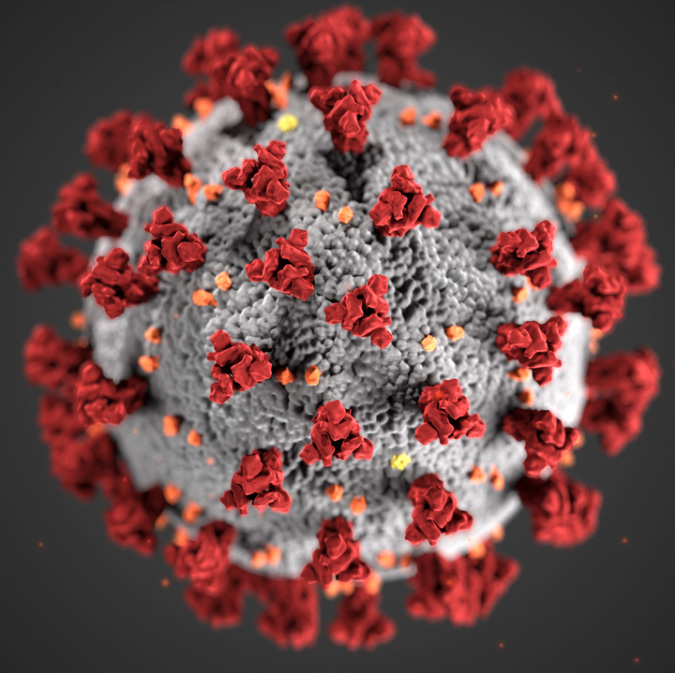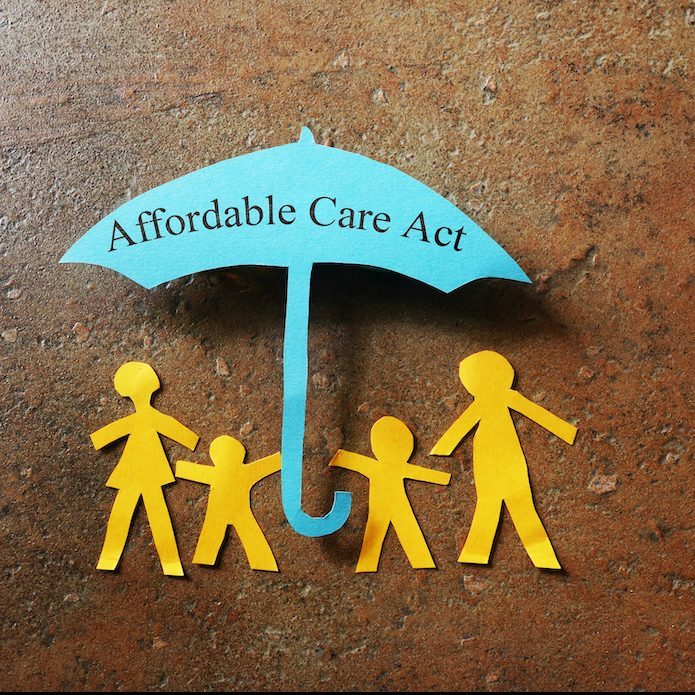
On June 30, State of Reform published an article relating the results of a newly released CHRT study about the effectiveness of Michigan Department of Health and Human Services (MDHHS) outreach methods to Medicaid members. The study explored MDHHS communications around the implementation of Medicaid work requirements for the Healthy Michigan Plan (HMP) in early 2020.
While Medicaid communications are traditionally text heavy and technical, MDHHS used simplified language, streamlined the format, and employed attention-grabbing colors and icons in letters to beneficiaries. MDHHS also used administrative data to automatically exempt individuals who were not required to report work hours.
Patrick Kelly, who completed the study while working as a senior analyst at CHRT, explained that “the department took a number of steps to make their communications more easily digestible or human-centered to draw more attention to their communications to Medicaid beneficiaries.”
In a series of focus groups and a survey, health care insurance navigators reported their belief that these new communication interventions worked better than previous methods.
Lessons learned from this study could be effectively applied to other public benefit programs and policies to improve implementation and ensure that everyone can receive the benefits they are entitled to.
Cited publication: Kelly RP, Marcu G, Hardin A, Iovan S, Tipirneni R. Health Navigator Perspectives on Implementation of Healthy Michigan Plan Work Requirements. JAMA Health Forum. 2022;3(6):e221502. doi:10.1001/jamahealthforum.2022.1502


 In this article, MLive summarizes research findings about long COVID, and cites CHRT’s study on the disease impact on Michiganders and Michigan’s economy.
In this article, MLive summarizes research findings about long COVID, and cites CHRT’s study on the disease impact on Michiganders and Michigan’s economy.
 Michigan Radio cites CHRT’s study on the impact of long COVID on Michiganders in “Women may be experiencing more long COVID than men. We don’t know why.” The article by Kate Wells focuses on why women are more vulnerable to long COVID, and other diseases that disproportionately affect women, and how Michigan-based health systems are supporting individuals with long COVID.
Michigan Radio cites CHRT’s study on the impact of long COVID on Michiganders in “Women may be experiencing more long COVID than men. We don’t know why.” The article by Kate Wells focuses on why women are more vulnerable to long COVID, and other diseases that disproportionately affect women, and how Michigan-based health systems are supporting individuals with long COVID. 

 State of Reform features CHRT’s research on the impact of long COVID in Michigan.
State of Reform features CHRT’s research on the impact of long COVID in Michigan.
 Bridge Michigan quoted
Bridge Michigan quoted 






 Bridge Michigan’s Robin Erb and Makayla Coffee quote
Bridge Michigan’s Robin Erb and Makayla Coffee quote